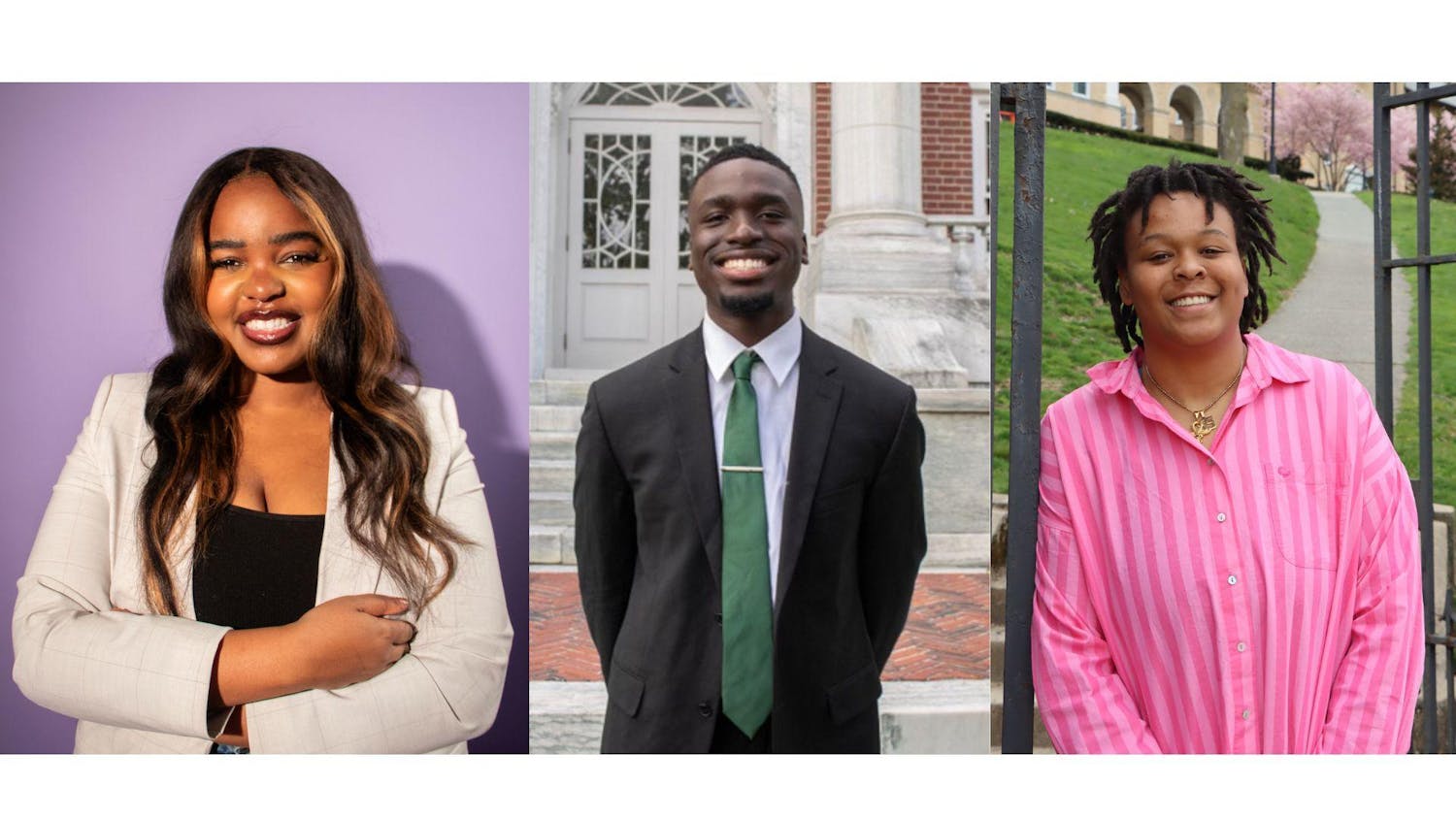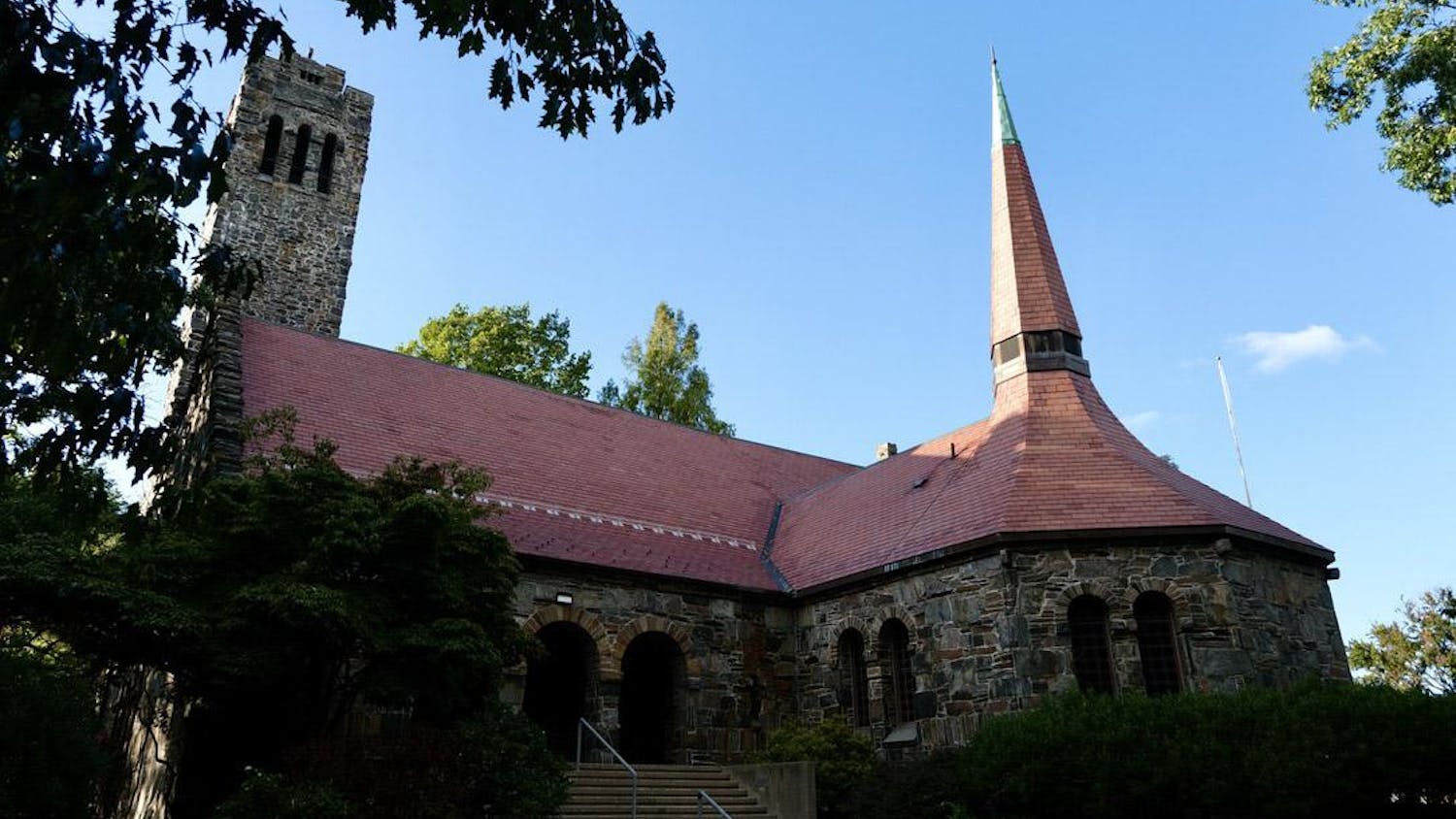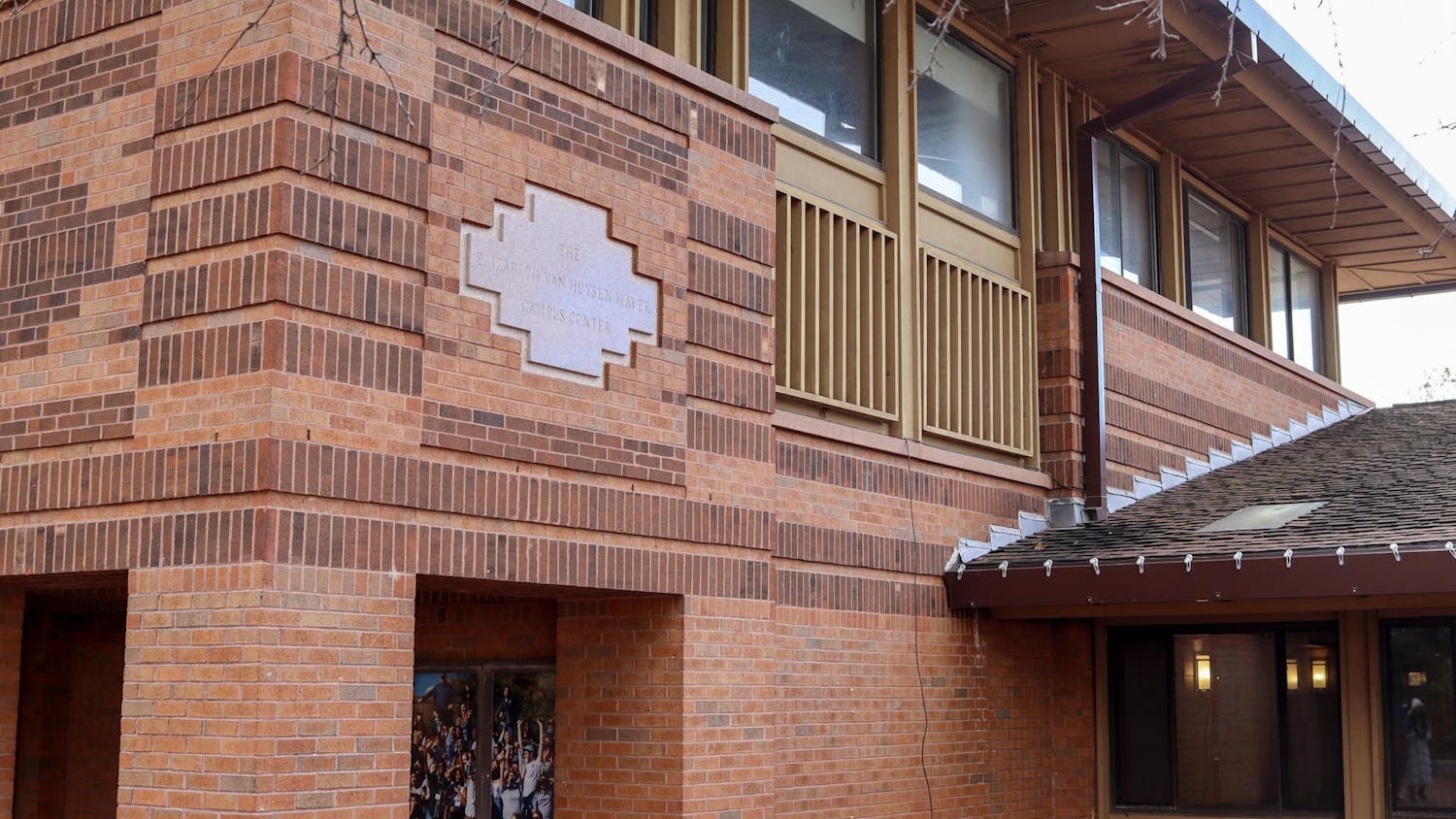While the Tufts Community Union (TCU) presidential nominees battle over the impending election, campus is crowded with mobilized groups chalking the grounds, distributing cookies and planning events. Naturally, the three hopefuls draw the bulk of the spotlight, but from all corners of the Hill, newcomers and political junkies alike are emerging to join the candidates' teams in the forefront of campus politics.
Senior Geoanna Bautista, volunteering for sophomore candidate Samia Zahran's campaign, had never been interested in campus elections prior to this year, when a recent alleged bias incident gave even more pertinence to her concerns about campus unity. In response, she not only decided to follow the race but to volunteer for it.
"It's not even because [Zahran] is my friend that I'm volunteering but because of the ongoing issue of Tufts unity ... We've always tried to raise awareness on campus to avoid bias issues by just being more aware of each other, but you need [to work through] a higher power than just a bunch of disorganized students when trying to get something done," she said.
Sophomore Bruce Ratain, of junior candidate Brandon Rattiner's strategy team, echoed a similar sentiment. While Ratain is familiar with the structure of the school's political system and plans to run for TCU Senate, he had never participated in campaign administration before and was thrilled when Rattiner approached him with the idea.
"[Rattiner] is bringing up concerns that I've expressed myself, so I wanted to get involved because these are things I really care about," he said.
But beyond platform issues, which inspire many community members to action, is volunteers' realization that candidates simply cannot manage everything that goes into a campaign on their own.
"We're not superhuman," said junior Brandon Sultan, Zahran's campaign manager. While the volunteer bases work tirelessly to maintain order throughout the entire election season, it is, above all, in the human moments of disorder that their impact becomes so apparent.
In one managerial panic, members of the Rattiner team, who had spent a significant amount of time planning a concert at the campus center last Wednesday, found themselves in need of a new marketing design overnight. The concert was originally planned as Rattiner's campaign kickoff. As the official TCU nomination was moved from Sunday, April 12 to Tuesday and then again to Thursday -- and campaigning is prohibited before nominations -- Rattiner was unable to advertise officially for the concert ahead of time or even announce his candidacy at the event itself.
After much last-minute strategizing, Rattiner and his volunteers minimized the damage by advertising for the performance as "The ? Show," and once there, had Rattiner introduce himself to the audience only informally.
And this is no solitary mishap. Sophomore candidate Chas Morrison's team ran into several near-crises because of the sudden scheduling changes as well.
"One that stands out in my mind is when we had ordered some products with the voting date on them and 48 hours later got an e-mail saying the voting dates had been changed," said sophomore Josh Aschheim, a design and marketing assistant for the Morrison campaign. "We had to go back, alter the designs, deal with the companies, and reorder everything with the correct dates."
In another, less injurious blunder, members of the Rattiner volunteer group chalked the President's Lawn with limestone, only to realize that they did not have sufficient materials to spell out their candidate's entire name. They instead lettered the grass with a semi-mysterious "B. RATT" for passersby to contemplate.
"Apparently, they didn't have as much limestone chalk as they thought they did," Ratain said.
But the inevitable stumbling blocks are few and far between next to the ongoing struggle to set one's candidate apart from the rest.
And to volunteers like sophomore Brian Agler, that struggle is part of the fun.
"While working on the [Morrison] campaign, you watch the news a lot to see how campaigns are run. We do a lot of innovative things, and it's great to be on the forefront of that," Agler said.
Morrison's volunteers expressed the importance of making his name a fixture of campus dialogue and, to do so, have distributed T-shirts, cookies, stickers and a number of other promotional products, designed to get people talking about Morrison.
"At this point in the campaign, people seem to have a special appreciation for the stickers. People can put them on their doors to say they're voting for Chas. People can put them on their clothes to say they're voting for Chas. They're flexible and can be used as a springboard for conversation in a thousand different settings," Aschheim said. "For marketing, you want to get out there before all the other candidates do. You're always looking to be three steps ahead, realizing that all of this stuff takes time."
Rattiner's campaign management followed a similar blueprint but was wary, at times, of certain marketing techniques that appear ostentatious.
"Part of the point of what we're doing is not to be so over-professional that we seem disconnected," Ratain said. "Brandon is a regular Tufts student. He's not running for president of the United States; he's running for president of TCU, so in our advertisement, we've tried to be really unpretentious about it."
While the Morrison and Rattiner campaigns have been in the vanguard of public attention, Zahran's campaign has sought limited visibility. In fact, Zahran's team disapproves of flashy advertising around campus and plans to make its impact through informational publicity -- with its Web site and soon-to-launch video -- and by reaching out to individual leaders and university clubs.
"It's shocking to me how much of [campaigning] is about this flash. It's my first time in any sort of campaign, and to see now, firsthand, the different attempts and techniques people are using to get through to the people is kind of disheartening. We've been reaching out to the people who will actually vote because they care, not because they see your name somewhere," Bautista said.
Despite their differences, though, all three campaigns agreed on the most important aspect of publicity: "You want to have posters, and you want to have chalk, but at the end of the day, it's about getting the candidate out there shaking people's hands and talking to them. Every campaign analysis will tell you that," Agler said.
In addition to the key figures running the campaigns, the volunteer groups consist of a range of students with various areas of expertise and levels of commitments.
"Some people are just helping to get Chas's name out there, whether it be by postering campus, postering their dorms or chalking on the library roof. Other people wear Chas shirts, which get a lot of conversations started. Still others are helping to design his platform and his Web site," Aschheim said. "If we find that we need someone with a specific talent like making a Web site, we'll approach them. On the other side, a lot of people are coming to Chas and asking, 'How can I help?'"
Among volunteers of all types, the consensus seems to be that one of the greatest recompenses of campaigning is the opportunity to meet people.
"You meet so many people through this. I'm surprised that a lot more people are willing to be involved than I gave them credit for," Bautista said. "That's the most rewarding and why, despite my ridiculously busy schedule, I'm working for this campaign."





